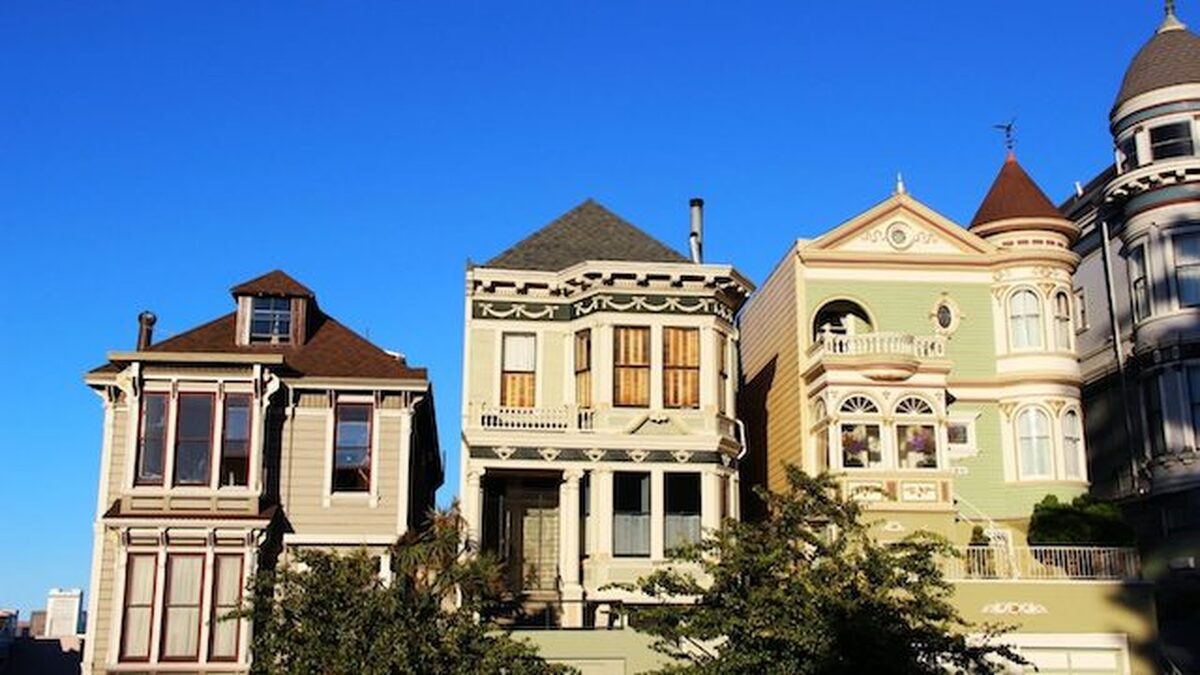Short-Term rental demand will likely be high for fall, winter
Short-term rental demand fell below 2019 levels for the first time since April 2021 in August, dropping by 0.9 percent, according to a report from short-term rental analytics company AirDNA.
As families geared up to head back to school, demand in suburban areas as well as mountain and lake destinations cooled. In June, suburban demand was within 8 percent of meeting 2019 levels, AirDNA noted, but by August, those levels were down 14.4 percent from 2019.
In Big Bear and Coachella Valley, California, destinations saw considerably slowed demand growth of just 32 percent in August, compared to growth of 80 percent seen in May 2021.
Still, despite cooling demand, overall short-term rental occupancy levels hit a record high for the month of August at 66.8 percent, up from 64.1 percent in August 2020, and from 59.5 percent in August 2019.
Resort and destination markets saw widely varying performances across different parts of the country. A number of Southeastern markets that fall into this category — including Cape Coral/Fort Meyers, Florida; Gatlinburg/Pigeon Forge, Tennessee; and Myrtle Beach, South Carolina — have experienced demand growth of over 34 percent during August.
On the other hand, Cape Cod, Massachusetts, which saw strong growth in March and April, fell in demand into the summer due to limited available listings, AirDNA noted. The number of listing nights available on short-term rental platforms was down 40 percent compared to those available in 2019.
Major cities in the South and Southwest saw significantly higher short-term rental demand in August 2021 compared to August 2019, while large cities elsewhere throughout the country struggle. Houston saw the greatest increase in demand from 2019 (up 30.2 percent), while Fort Lauderdale, Florida (up 25.9 percent), San Antonio, Texas (up 18.8 percent), Phoenix/Scottsdale (up 12.3 percent) and Dallas (up 15.2 percent) also saw substantial gains.
However, demand in New York (down 54.0 percent), Boston (down 53.9 percent) and Los Angeles (down 51.7 percent) was down substantially from August 2019 levels.
Cancellation rates are also rising across the country as extreme weather events and the Delta variant deter travelers. In Hawaii, where the governor asked visitors to limit travel to the state to “essential business activities only,” the bookings cancellation rate topped 60 percent.
Likewise, wildfires in the Pacific Northwest contributed to cancellations in parts of Northern California and Oregon, while hurricanes on the East Coast led to increased cancellations in Louisiana, Florida and Rhode Island.
Despite late summer slumps in some markets scattered across the country, short-term renters appear ready to travel this fall and winter. Overall, short-term rental demand is up 18 percent for this fall and winter, compared to the same seasons in 2019, and up 88 percent compared to 2020.
The last-minute booking strategies of 2020 seem to have gone out the window, with bookings for the week of Thanksgiving already up 38 percent from this time in 2019 and up 85 percent from this time in 2020.
This winter, the travel hot spot thus far is looking to be Orlando, with over 1 million nights already booked in the city. In general, Florida will see a lot of traffic this fall and winter, particularly in Panama City, Key West and Santa Rosa/Rosemary beach, where current demand is more than double what it was at this time in 2019.
However, traditionally strong holiday travel markets like New York, Los Angeles and Oahu, Hawaii, are not performing as strongly thus far as in years past, with holiday travel demand down by 30 to 60 percent.
As families geared up to head back to school, demand in suburban areas as well as mountain and lake destinations cooled. In June, suburban demand was within 8 percent of meeting 2019 levels, AirDNA noted, but by August, those levels were down 14.4 percent from 2019.
In Big Bear and Coachella Valley, California, destinations saw considerably slowed demand growth of just 32 percent in August, compared to growth of 80 percent seen in May 2021.
Still, despite cooling demand, overall short-term rental occupancy levels hit a record high for the month of August at 66.8 percent, up from 64.1 percent in August 2020, and from 59.5 percent in August 2019.
Resort and destination markets saw widely varying performances across different parts of the country. A number of Southeastern markets that fall into this category — including Cape Coral/Fort Meyers, Florida; Gatlinburg/Pigeon Forge, Tennessee; and Myrtle Beach, South Carolina — have experienced demand growth of over 34 percent during August.
On the other hand, Cape Cod, Massachusetts, which saw strong growth in March and April, fell in demand into the summer due to limited available listings, AirDNA noted. The number of listing nights available on short-term rental platforms was down 40 percent compared to those available in 2019.
Major cities in the South and Southwest saw significantly higher short-term rental demand in August 2021 compared to August 2019, while large cities elsewhere throughout the country struggle. Houston saw the greatest increase in demand from 2019 (up 30.2 percent), while Fort Lauderdale, Florida (up 25.9 percent), San Antonio, Texas (up 18.8 percent), Phoenix/Scottsdale (up 12.3 percent) and Dallas (up 15.2 percent) also saw substantial gains.
However, demand in New York (down 54.0 percent), Boston (down 53.9 percent) and Los Angeles (down 51.7 percent) was down substantially from August 2019 levels.
Cancellation rates are also rising across the country as extreme weather events and the Delta variant deter travelers. In Hawaii, where the governor asked visitors to limit travel to the state to “essential business activities only,” the bookings cancellation rate topped 60 percent.
Likewise, wildfires in the Pacific Northwest contributed to cancellations in parts of Northern California and Oregon, while hurricanes on the East Coast led to increased cancellations in Louisiana, Florida and Rhode Island.
Despite late summer slumps in some markets scattered across the country, short-term renters appear ready to travel this fall and winter. Overall, short-term rental demand is up 18 percent for this fall and winter, compared to the same seasons in 2019, and up 88 percent compared to 2020.
The last-minute booking strategies of 2020 seem to have gone out the window, with bookings for the week of Thanksgiving already up 38 percent from this time in 2019 and up 85 percent from this time in 2020.
This winter, the travel hot spot thus far is looking to be Orlando, with over 1 million nights already booked in the city. In general, Florida will see a lot of traffic this fall and winter, particularly in Panama City, Key West and Santa Rosa/Rosemary beach, where current demand is more than double what it was at this time in 2019.
However, traditionally strong holiday travel markets like New York, Los Angeles and Oahu, Hawaii, are not performing as strongly thus far as in years past, with holiday travel demand down by 30 to 60 percent.


 Menu
Menu




